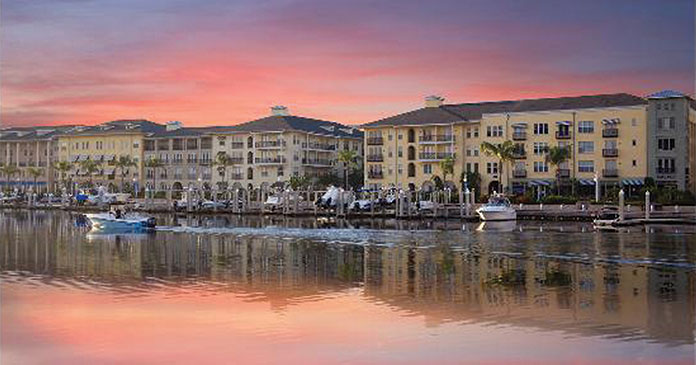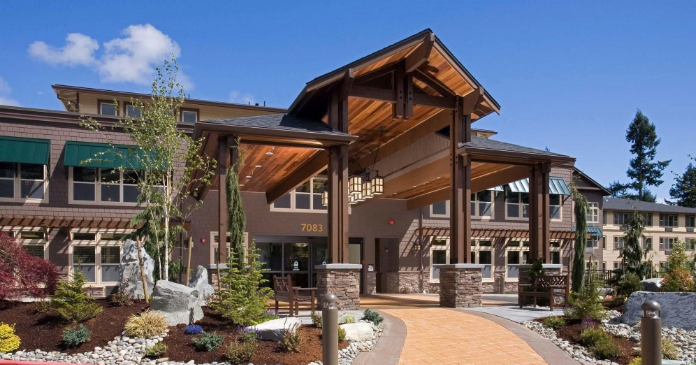Back then, Post’s stock fell far below the offer it received, which was in the mid-$40-a share range. Shares dropped to below $10 in 2009.
Those that held on through the dark days have been rewarded this year by seeing Post’s stock rise to its post-recession high of above $50 a share.
Like all multifamily property owners, the Atlanta-based company has gotten a huge boost from the housing crisis, which has turned millions of would-be homeowners into renters. Post operates nearly 22,000 apartments in 58 communities.
At the same time, Post’s management has steered the real-estate investment trust into healthier waters by fixing up its balance sheet and extricating the company from its ill-fated strategy to get into the condominium development business.
David Stockert, whose 10-year anniversary as Post chief executive is in July, called the condo strategy his “biggest regret.” Of the company’s performance since the downturn, Stockert said: “I feel very proud that we turned it around.”
Looking forward, the question facing Post, as well as the rest of the multifamily sector, is how long will the good times last? For more than two years, the multifamily sector has been the best performing commercial-property class thanks to strong demand from people who can’t or don’t want to buy a home.
But there also are signs that the enormous rise in property values may be losing steam as the home-ownership market stabilizes. Last year, sales of apartment buildings totaled $56 billion, up 60 percent from the prior year, pushing values up to peak levels in a few cases, according to Real Capital Analytics.
But this year, deal volume fell in Q1 while values have been at about the same level for three quarters, Real Capital said. Apartment building owners also reported an increase of tenants moving out in the first quarter, although most said that they were able to replace those with new tenants paying higher rents.
Stockert said the market “still has legs,” but he added that it “inevitably” will weaken as new supply hits the market and the rest of the housing market firms up.
“That’s bound to happen and that’s okay,” he said. “We can still perform well in that market.”
Some analysts and investors agree that Post is in solid shape. They point out that Post’s apartments tend to offer upscale amenities that many younger renters want. Also, the company started building new rental communities before many competitors jumped back into the development game.
Post has over 1,800 apartments in the pipeline. “We expect they’re going to have their properties out of the ground faster and be able to capitalize on this upswing,” said Brendan Lee, a portfolio manager with TIAA-CREF’s Real Estate Securities Fund. TIAA-CREF owned more than one million Post shares at the end of Q1.
Post was founded in 1971 by John Williams, who ran the company until 2002 when he stepped down. Williams lost a proxy battle over control of the board in 2003 and resurfaced in early 2008, joining forces with Cadim, a Montreal pension fund, to make an unsolicited offer for the company.
Post decided to put itself up for sale. But the timing coincided with the weakening financial markets, and no deal happened. Williams declined to comment.
Adding to the pain was Post’s earlier mistake of getting into the condo business. After the market crashed, the company was saddled with two unfinished luxury projects, one in Austin, Texas, and the other in Atlanta. Post wrote off $104 million related to the projects, primarily in 2009 and 2010.
In his turnaround strategy, Stockert held off building projects, but he reactivated them as soon as he saw the positive trends in the rental business. As a result, the first tenants are moving into the second phase of the Post Carlyle Square in Washington, D.C., while Post South Lamar in Austin should open its doors later this year.
Stockert also capitalized on the downturn by buying back some of Post’s debt at a discount to face value and refinancing at a lower interest rate. The company now boasts one of the sector’s lowest debt loads.
Post took “advantage of people’s panic on our debt,” Stockert said.
Author: Dawn Wotapka, wsj.com















